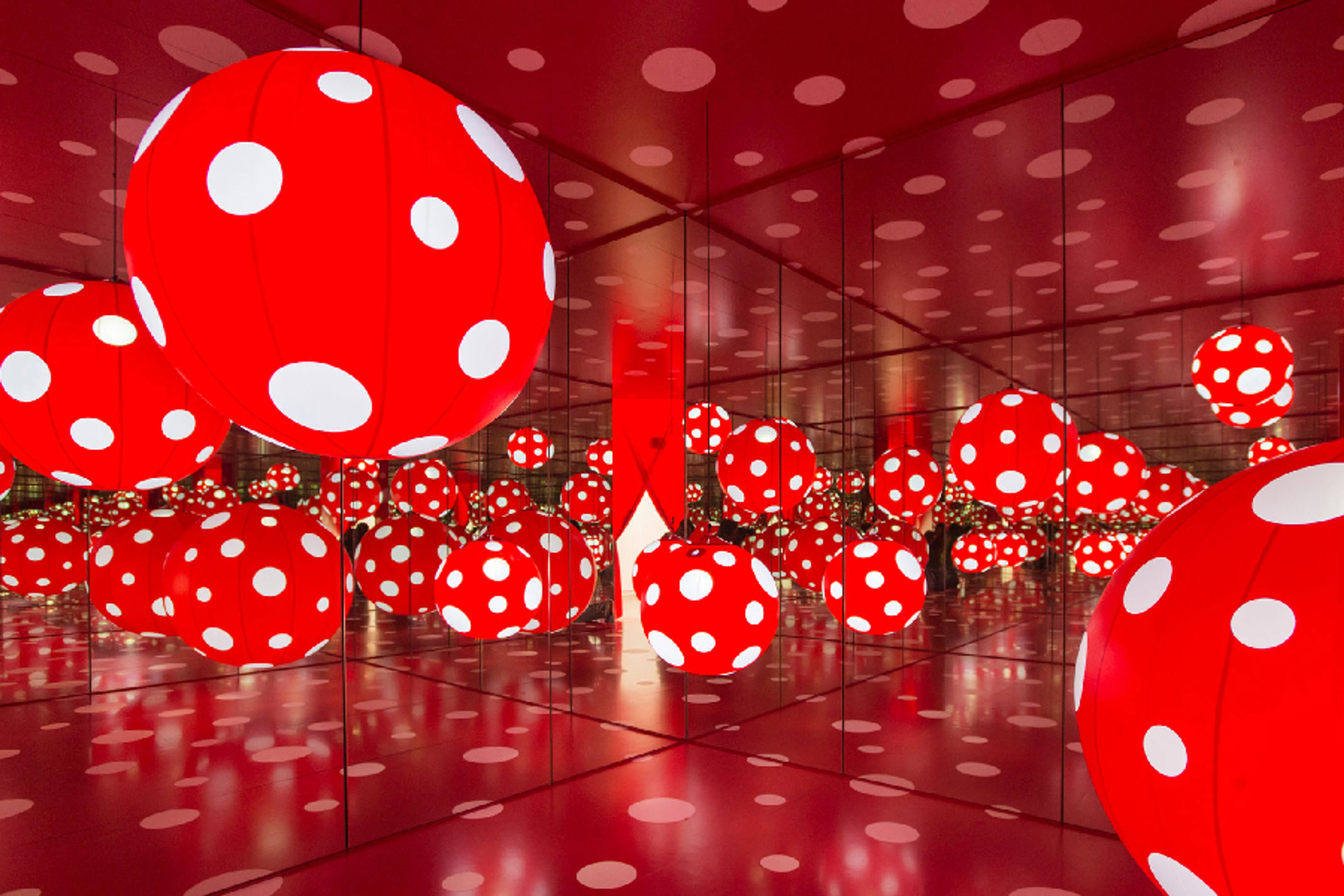
Unearthing Your Artistic Voice: A Personal Journey to Authentic Expression
Discover how to find your unique artistic voice by drawing inspiration from everyday life, nature, personal history, and diverse art forms. Learn practical approaches to cultivate authenticity and embrace evolution in your creative journey.
Unearthing Your Artistic Voice: A Personal Journey to Authentic Expression
“Artistic voice” – sounds a bit… grand, doesn't it? Like something only seasoned masters possess, discovered after years of intense solitude and countless tubes of paint. For a long time, I thought so too, probably because I was putting too much pressure on myself to create something “profound” or “marketable.” And honestly, that kind of pressure is a creativity killer, isn't it? I'd sit in my studio, canvas staring back at me, waiting for some profound epiphany to strike. Turns out, waiting for a grand revelation was my first mistake.
What I eventually realized – and this is my little confession – is that my unique voice wasn't waiting for me in a lightning bolt moment, but rather in the quiet hum of a coffee shop, the worn path in a park, or even the quirky way my dog tilts his head. You know, those tiny, overlooked moments that whisper their stories if we're just open enough to hear them. And it's in those very moments, the seemingly mundane, that the symphony of inspiration truly begins. It's about finding that resonance, that spark, in places you'd least expect, and then having the courage to express it without apology.
Finding your artistic voice isn't just about developing a recognizable style; it's about unlocking a deeper authenticity in your work, connecting more genuinely with your audience, and, frankly, finding more joy and playfulness in the creative process itself. It's less about a single 'aha!' moment and more about a continuous, often messy, journey. A journey of observation, internal listening, and a lot of trial and error. So, if you've ever felt creatively stuck, battling self-doubt, or unsure of your artistic direction, let me tell you a bit about how I stumbled upon mine. Because, as it turns out, the profound truths often hide in plain sight, waiting to be heard amidst the everyday symphony around us. This journey, while deeply personal, shares universal threads, whether you're sketching in a notebook or pondering the next brushstroke on a grand canvas. In this article, I'll share my personal journey and practical insights into how you can discover and cultivate your own unique artistic voice.
The Everyday Symphony: When the Mundane Becomes Muse
We're surrounded by art, aren't we? Not just in galleries or museums, but in the texture of an old brick wall, the play of light on a puddle after rain, the chaotic harmony of a city street. For me, some of the most profound inspirations come from these seemingly mundane moments. It's about shifting your perspective, leaning into a certain kind of curiosity – one that asks 'what if?' or 'how does this work?'. The genius lies in translating these overlooked details into something deeply personal, finding the art in the ordinary.
I remember walking through my hometown, Den Bosch, years ago, feeling completely uninspired. My mind was buzzing with the pressure to create something 'important'. I probably looked as glum as the gray winter sky. Then I stopped, really looked at the city. Not at the grand architecture, but at the overlooked details, almost like finding hidden messages in plain sight. It's funny how a chipped curb can feel like a secret code once you actually start paying attention.
- The fragmented reflections in a shop window
- The mosaic of peeling posters on a construction hoarding
- The way distant buildings blurred into abstract shapes against the sky

Suddenly, the city wasn't just a backdrop; it was a vibrant, moving composition of lines, colors, and unexpected juxtapositions. That fragmented view became a recurring motif in my early abstract pieces, almost like a visual shorthand – a way to quickly capture the dynamic energy of a scene without rendering it literally. I started using sharp, angular lines to mimic the broken glass and the edges of the construction hoarding, layering contrasting colors to represent the overlapping images I saw. The process wasn't about replicating reality, but about extracting its raw energy, simplifying complex forms to their core geometric essence, and exaggerating colors until the cityscape felt like a dynamic, pulsing abstraction. It showed me that my voice wasn't about inventing entirely new forms, but about interpreting the existing world through my own distinct lens.
Think of artists like Jean-Michel Basquiat, who drew heavily from the visual language of the streets, transforming graffiti and urban symbols into raw, expressive art that was undeniably his. His use of text, symbols, and bold figures directly echoed the layered, often chaotic energy of the city. Or even Pop artists like Andy Warhol who elevated everyday objects into art by recontextualizing them through repetition and vibrant color. And don't forget artists like Robert Rauschenberg, whose "combines" famously incorporated urban detritus (found objects and collage elements) to create a dialogue between painting and sculpture, or Eduardo Paolozzi, who built sculptures from found mechanical parts, celebrating the industrial landscape. Think of abstract expressionists like Franz Kline, whose bold, sweeping strokes captured the raw energy of urban landscapes, or even contemporary street artists like Banksy, who transform public spaces into vibrant, fleeting galleries, translating urban grit into fine art. Even artists like Christopher Wool, with his layered, stenciled words and patterns, echo the visual noise and graphic simplicity of city life. Much like letting your intuition guide you, as I often discuss in My Creative Flow: Embracing Intuition in Abstract Painting.
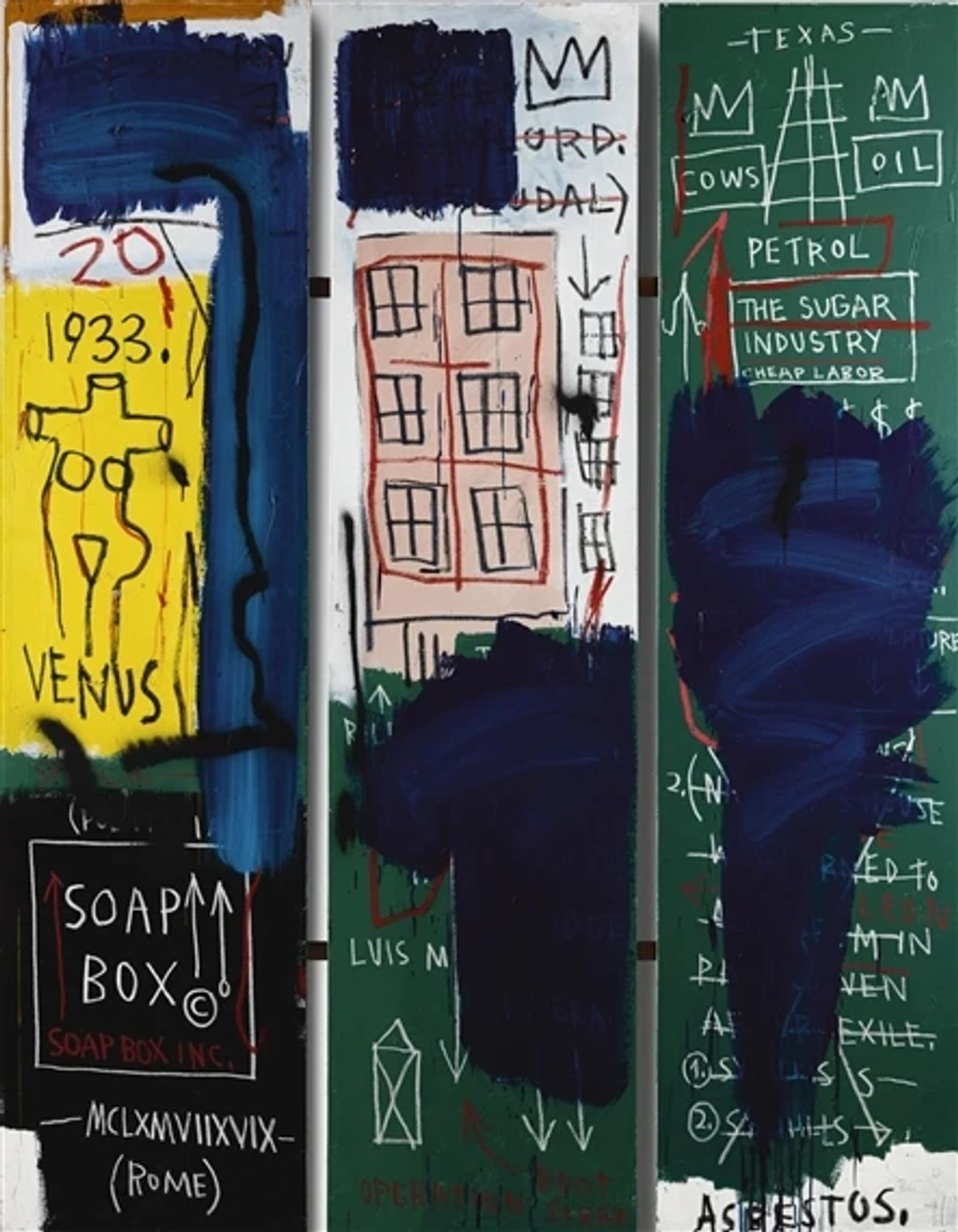
For instance, the accidental drips and smudges on a subway wall could inspire a series of textural experiments, or the faded, overlapping layers of posters on a construction hoarding might become the basis for a collage-like painting, emphasizing translucency and implied history. It’s all about finding that overlooked detail and giving it a new life through your unique perspective.

Key takeaway: Look for inspiration in the seemingly mundane, shifting your perspective to see art in everyday details. What overlooked detail in your daily commute has ever caught your eye? What everyday scenes in your own environment are begging to be reinterpreted?
Whispers from the Wild: Nature's Unscripted Poetry
Beyond the concrete jungle, whether it's the actual jungle or just your local park, nature is a timeless muse. But beyond the majestic landscapes, there are subtle lessons to be found. I'm talking about the intricate patterns of a fallen leaf, the relentless flow of water over stones, the silent language of a winter tree against a stark sky. These aren't just pretty scenes; for me, they're raw, undeniable expressions of energy, growth, and decay – the cosmic dance of existence, if you will – all powerful themes for abstract art.
Consider the energy of a flower field, for instance. It's not just a block of color; it's a thousand tiny movements, a symphony of delicate forms, a celebration of life and vibrancy. When I approach painting something inspired by nature, I try to capture that feeling of its energy, the rhythm of its movement, or its underlying structure, rather than just a literal representation. Take the intricate patterns of a fallen leaf; its delicate veins might inspire a series of fine, intertwining lines in a composition, while its decay—the fading colors, the crumbling edges—could translate into muted tones and textured impasto, conveying the transient nature of existence. Or, the constant, gentle erosion by water over stones might translate into a piece with fluid, sweeping brushstrokes and layered, transparent washes of color, conveying movement and depth without depicting a specific river. Beyond pure observation, even the hidden logic of nature can be a profound guide. I once spent an hour just watching a spider weave its web – the sheer, almost mathematical precision of it, coupled with the fragile beauty, became a starting point for an entire series exploring interconnectedness. Think of biomimicry, where designs are inspired by biological processes, or the ubiquitous golden ratio, a mathematical proportion often found in natural forms and aesthetically pleasing compositions. These underlying principles of growth and structure, whether in the spiral of a seashell or the branching of a tree, can subtly inform the rhythm and repetition in abstract art, much like the drip paintings of Jackson Pollock, which have been analyzed for their fractal dimensions, suggesting an intuitive connection to underlying natural chaos. It's about distilling the essence, which echoes my approach to The Unseen Structure: How Composition Guides My Abstract Art.
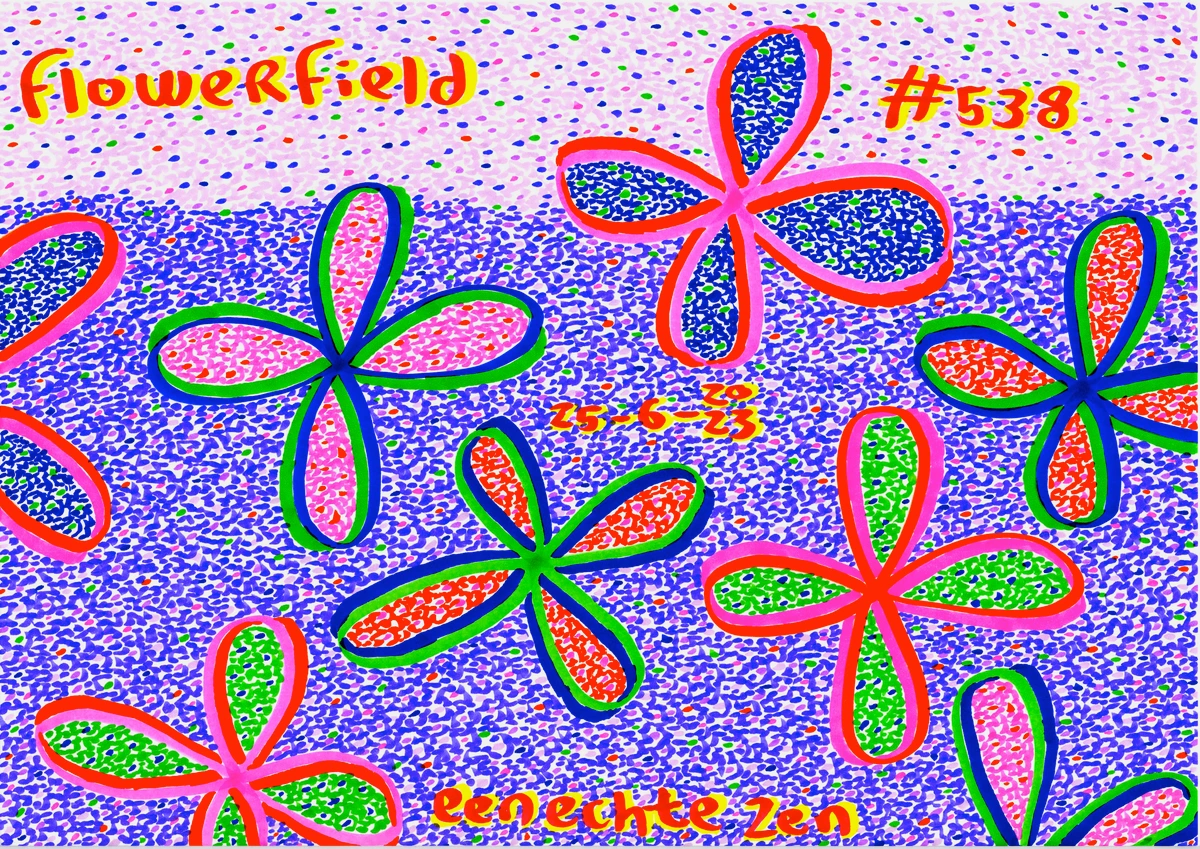
Key takeaway: Nature offers not just beauty, but profound energies and hidden structures to distill into abstract forms. What unscripted poetry is nature speaking to you today? Have you ever noticed the hidden patterns in a simple stone or a single branch?
Echoes of the Past: Childhood, Dreams, and Raw Emotion
Our personal histories are treasure troves of unique perspectives. Childhood memories, forgotten dreams, even anxieties – they all carry a distinct emotional charge that can translate into a truly personal artistic language. When I feel creatively stuck, sometimes the best thing I can do is close my eyes and revisit a strong memory. What colors come to mind? What textures? What feelings?
Dreamscapes and Emotional Echoes: Unlocking the Subconscious
Sometimes, the most unexpected inspiration comes from a single, potent childhood memory – the distinct, somewhat clumsy shape of a favorite toy car, or the towering, almost mythical presence of a specific tree in a childhood garden. But beyond conscious memories, what about the landscapes of our subconscious? Recurring dreams, for instance, can be potent wellsprings for abstract imagery. The unsettling feeling of a dream, or a vivid, illogical scene, can be translated not literally, but through its emotional tone or dominant visual elements: perhaps a recurring sense of falling manifests as sweeping, vertical lines, or the fragmented logic of a dream becomes a collage of disparate forms. And while these are deeply personal, there's also the intriguing idea of the collective unconscious and archetypes, as proposed by Carl Jung. These universal symbols and patterns, shared across humanity, can resonate deeply within our work, giving it a broader, almost primal, emotional pull, even in abstract forms. And it's not always about pleasant memories; sometimes the most raw and powerful work comes from reinterpreting difficult memories or even childhood trauma, transforming pain into an authentic visual language – perhaps through a stark contrast of colors to represent conflict, or the repeated, agitated strokes to convey unease, ultimately allowing the artist to process and express profound personal truths. Re-interpreting these visual anchors, not literally, but through the filter of adult emotion and artistic exploration, can unlock incredibly rich veins of creativity. It's a journey into the self, and you can see more of that journey in My Creative Journey from Concept to Canvas in Abstract Art.

Inner Cartography: Mapping Your Personal Universe
Take, for example, the simple act of drawing a world map as a child. It wasn't about geographical accuracy; it was about my world, my perspective. The places I knew – like my grandma's house or the playground – were drawn disproportionately large, as if they were entire continents of joy, while vast continents I hadn't visited were mere smudges or imagined shapes. That inherent subjectivity, that unfiltered lens, is pure artistic voice. It's about embracing the deeply personal and allowing it to surface, to transform those smudges into swirling abstract forms and those exaggerated landmåsses into bold, elemental shapes. This direct translation of personal perspective into visual language is a core part of Translating Emotion into Abstract Art: My Process of Visual Expression. What specific memory holds a secret color palette for you?
Our cultural background and unique lived experiences also deeply shape this inner cartography. The colors, patterns, stories, and struggles we grow up with become an intrinsic part of our subconscious, ready to infuse our art with a distinct resonance that no one else can replicate. Whether it's the vibrant textiles of a family's heritage, the stark landscapes of a childhood home, or the resilience forged through personal challenges, these elements become threads woven into the fabric of our artistic identity, giving it depth and authenticity.
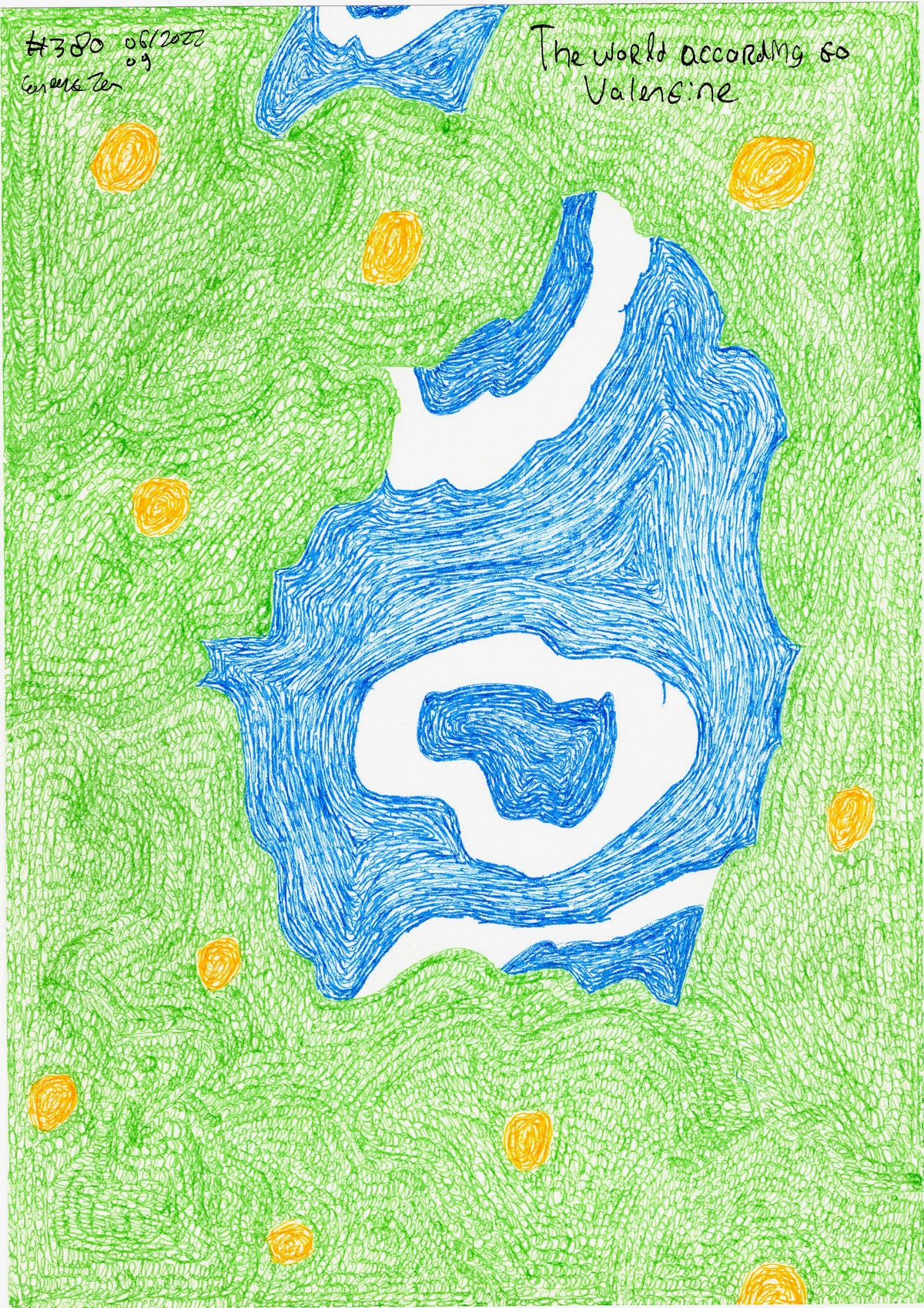
Key takeaway: Your personal history and subconscious are rich sources for authentic, emotionally charged artistic expression. What forgotten memory, what powerful emotion, or what lingering dream might unlock your next piece?
The Symphony of Influence: Beyond the Visual Arts
Who says inspiration has to come from other paintings? My artistic voice is as much shaped by the music I listen to, the books I read, the conversations I have, and even the documentaries I watch. Music, especially, holds a powerful sway over my creative process. The rhythm, the harmony, the emotional arc of a piece – these translate surprisingly well into visual compositions.
When I'm in my studio, often with my studio playlist on, a particular guitar riff might spark a vibrant color palette, or a melancholic melody might suggest a certain fluidity of line. For instance, the driving, repetitive beat of a techno track might translate into bold, rhythmic marks and layered textures, building intensity on the canvas. Or, a sudden crescendo in a classical piece might inspire a burst of contrasting color or a dramatic gestural stroke, like the time a particularly dramatic symphony piece made me spontaneously grab the largest brush I own. Beyond music, a compelling narrative structure from a book—say, the non-linear storytelling of a modern novel—might influence how I layer disparate elements in a painting, creating a visual 'story arc' that unfolds over time rather than in a single, fixed glance. Even a deep conversation about a complex idea can spark abstract symbolism in my work – perhaps a philosophical debate about interconnectedness manifests as a web of fine, intersecting lines, or a discussion on the fragility of memory inspires translucent, fading layers. Think also of how poetry, with its distilled emotions and evocative imagery, can directly inform color choices and compositional rhythm, or how the magical realism of a Gabriel García Márquez novel might encourage a more dreamlike, surreal quality in an abstract piece.
The Multisensory Artist: Drawing from Diverse Art Forms
And it's not just music and literature; the sweeping, energetic lines of a modern architectural marvel, the emotive, fluid movements of a dance piece (think Martha Graham's choreography), or the dramatic tension in theatre and the visual storytelling of film (cinematography, editing) can all find abstract echoes in my art. It's about letting diverse forms of expression permeate your creative thinking and finding the unexpected connections. It adds a multi-sensory layer to the process, a richness that might be missed if I only looked at visual art for ideas. I find this especially true when considering how elements of performance, like the flow and improvisation in jazz or contemporary dance, can inspire the spontaneous marks and rhythms in an abstract painting.
Historically, the concept of an artistic voice has evolved, moving from the craftsman's anonymity to the Romantic emphasis on individual genius. Movements like Dadaism celebrated the absurd and anti-establishment, pushing artists like Marcel Duchamp to challenge conventional notions of art and individual expression. Later, Surrealism championed the subconscious and dream logic, deeply influencing artists to tap into personal, often irrational, sources for their unique visual language. Understanding these shifts helps us see that finding a voice is a continuous, personal revolution.
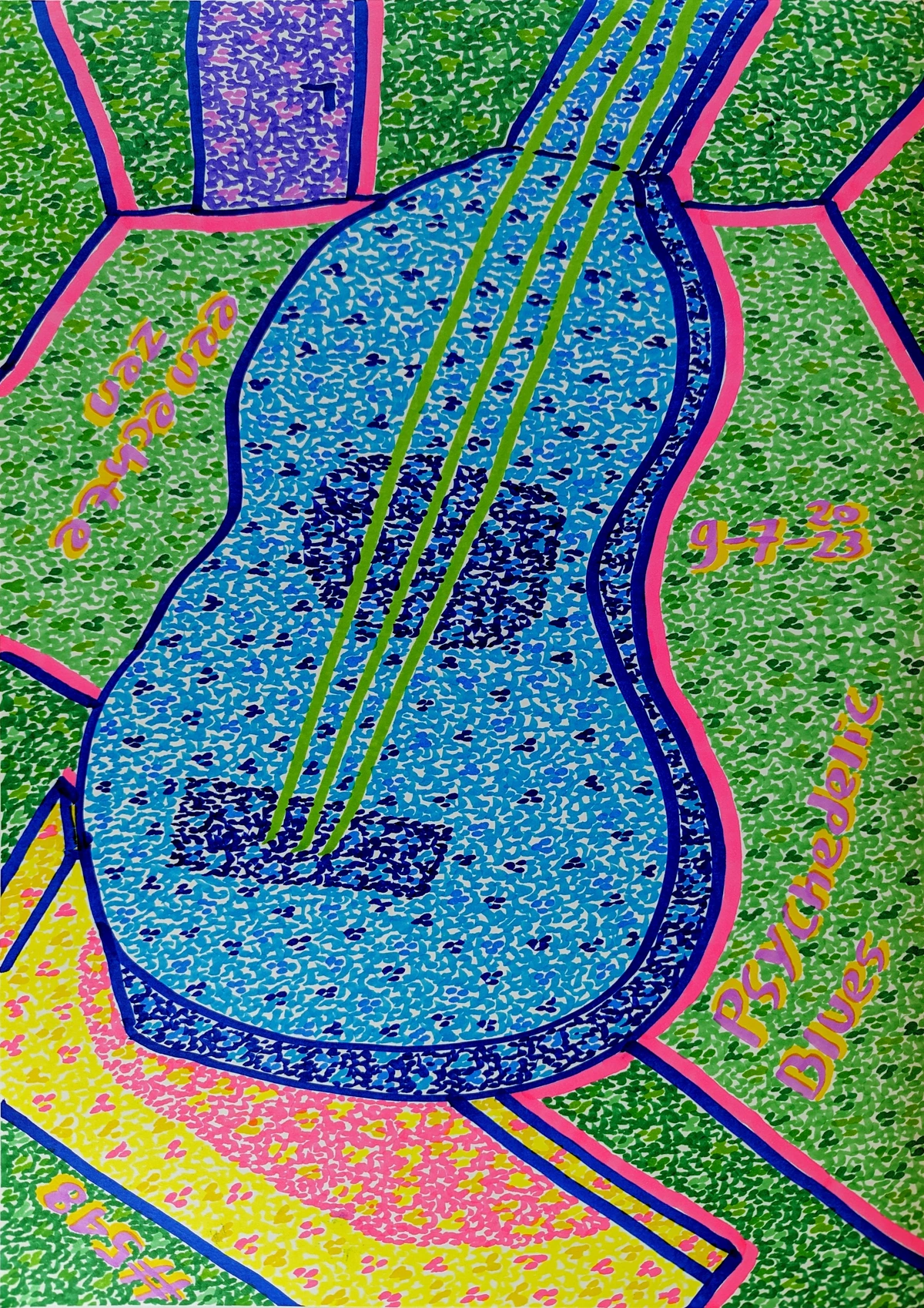
Key takeaway: Broaden your sources of inspiration beyond traditional visual arts; music, literature, dance, film, theatre, architecture, and even philosophical concepts can all fuel your artistic voice. How might the symphony of your daily life inspire your next creative breakthrough?
The Ever-Evolving Voice: It's Not a Destination, It's a Dance
Perhaps the most important thing I've learned is that an artistic voice isn't a fixed thing you find and then keep forever. It's fluid, dynamic, constantly evolving. It shifts with new experiences, new techniques (like my explorations with My Journey with Mixed Media: Blending Materials for Abstract Expression), and new insights. Embracing this evolution, and even welcoming what some might call 'accidents' as part of the process, is absolutely key. Consider the myriad periods of an artist like Henri Matisse, whose style underwent dramatic transformations throughout his career, always rooted in his unique vision yet never static. His Fauvist period burst with vibrant, expressive color, later evolving into the elegant simplicity of his cut-outs, yet all undeniably bore his unique artistic signature.
The Unseen Hand of Medium: How Materials Shape Your Expression
Your chosen medium plays a significant role here too. The very tactile nature of thick oil paint versus the translucent layers of watercolor, or the precision of digital art versus the raw immediacy of charcoal, inherently shapes how your voice emerges and evolves. Each medium brings its own language, its own constraints, and its own unexpected possibilities for expression. For instance, the spontaneous bleeds of watercolor encourage a fluid, often ethereal voice, while the layered, sculptural quality of oil paint lends itself to a more deliberate, textured expression. Even the choice between canvas, wood panel, or paper can subtly guide your marks and compositions, becoming an extension of your artistic identity.
Inviting Experimentation & Learning from Failure
In fact, I often proactively invite experimentation into my studio. This might mean trying an unfamiliar material, using a tool in an unconventional way, or even letting a spontaneous spill of paint guide the initial marks of a piece. These 'happy accidents' aren't just mistakes; they're invitations to explore new directions, and they often become integral to my unique voice. But it's not just about happy accidents, isn't it? It's also about the times things don't work. The 'failures,' the pieces that go completely wrong – those are often the most potent teachers. They tell you what to avoid, what to refine, and sometimes, surprisingly, they lead to a completely new path you hadn't considered. Learning to embrace the missteps as much as the triumphs, seeing them as data points in your creative algorithm, is vital for growth. This process of embracing the unexpected and letting go of rigid control, of learning from every brushstroke, is something I delve into further in The Power of Imperfection: Embracing Accidents and Evolution in My Abstract Art.
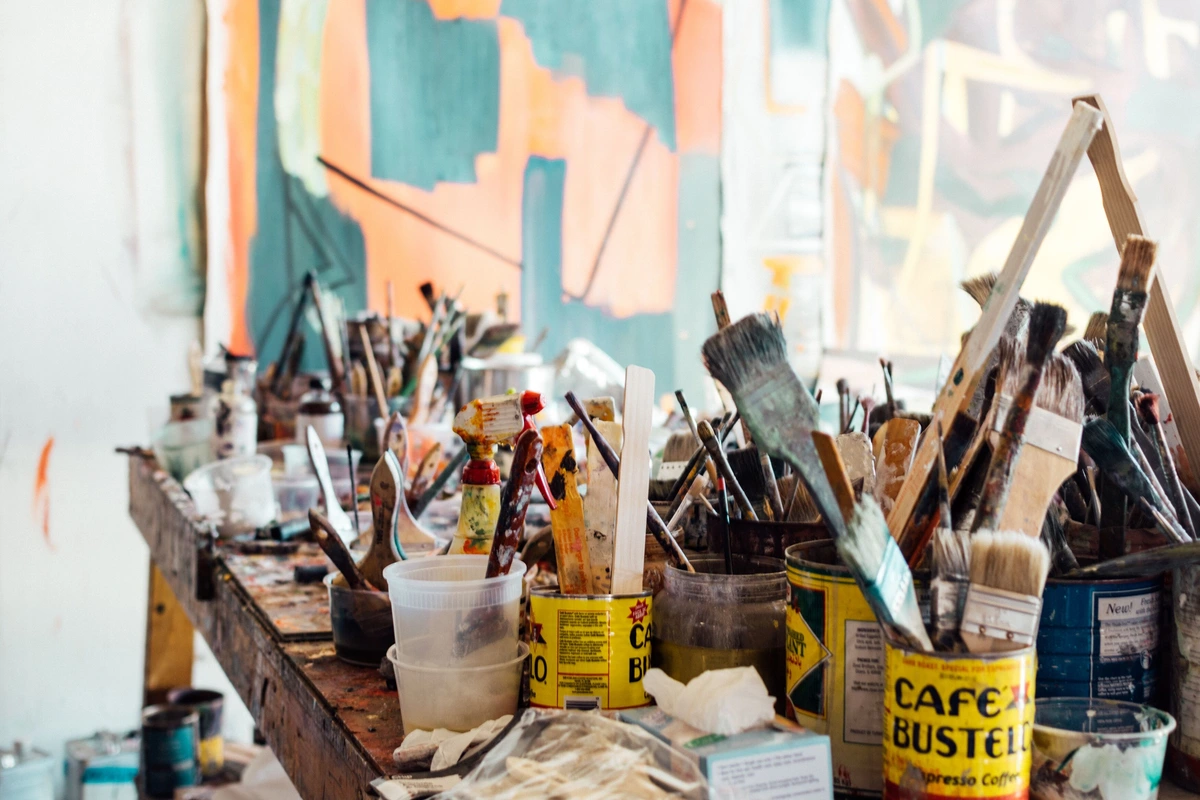
Part of this evolution also involves a delicate dance between maintaining an authentic voice and navigating the challenges of the art world. While some artists might feel pressure to stick to a "marketable" style or conform to trends, I've found that the truest connection with an audience comes when you remain authentically yourself, allowing your voice to grow, even if it means taking risks. This requires courage and a willingness to resist external validation in favor of internal truth. Sometimes this means finding a specific niche that aligns with your evolving style, or intentionally developing a recognizable visual brand around your unique approach, without compromising the integrity of your exploration. It's a conversation you have with yourself, and with the world, over a lifetime – one that demands constant listening and a willingness to play, to explore without immediate goals, trusting that the results, good or bad, are all part of the unique journey.
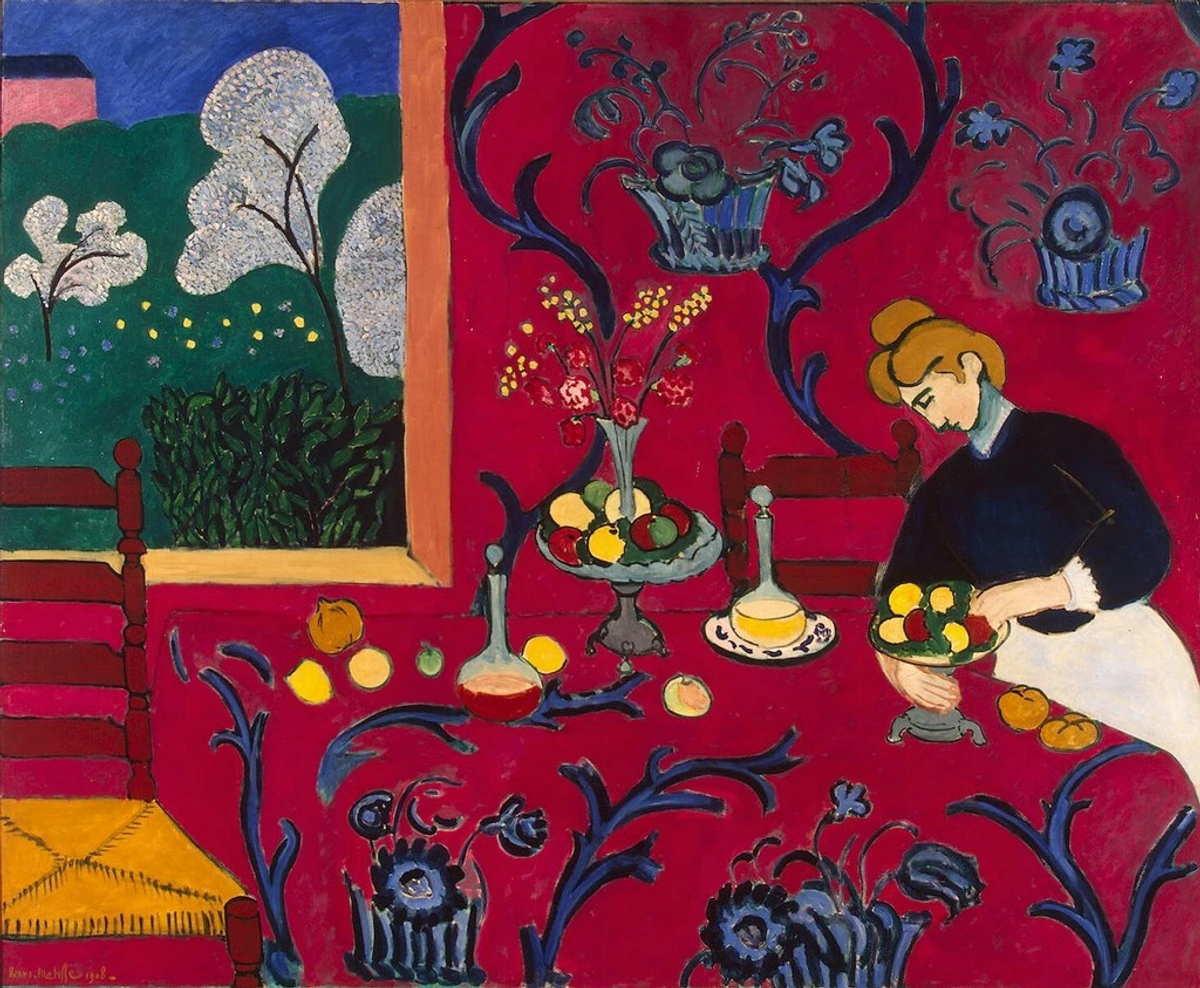
Key takeaway: Your artistic voice is dynamic; embrace evolution, experimentation, and learning from both successes and 'failures'. What 'happy accident' or 'failure' might be your next great teacher? Think about Gerhard Richter, whose abstract works often involve scraping and layering, allowing chance to play a significant role in the final composition, yet always retaining his unmistakable voice. My artistic voice today is different from what it was five, ten, or fifteen years ago, and I sincerely hope it will be different again in the future. The trick is to stay open, to keep looking, and to keep listening – especially in those quiet, unexpected corners of life. You can trace some of this evolution in Finding My Voice: The Evolution of My Abstract Artistic Style.
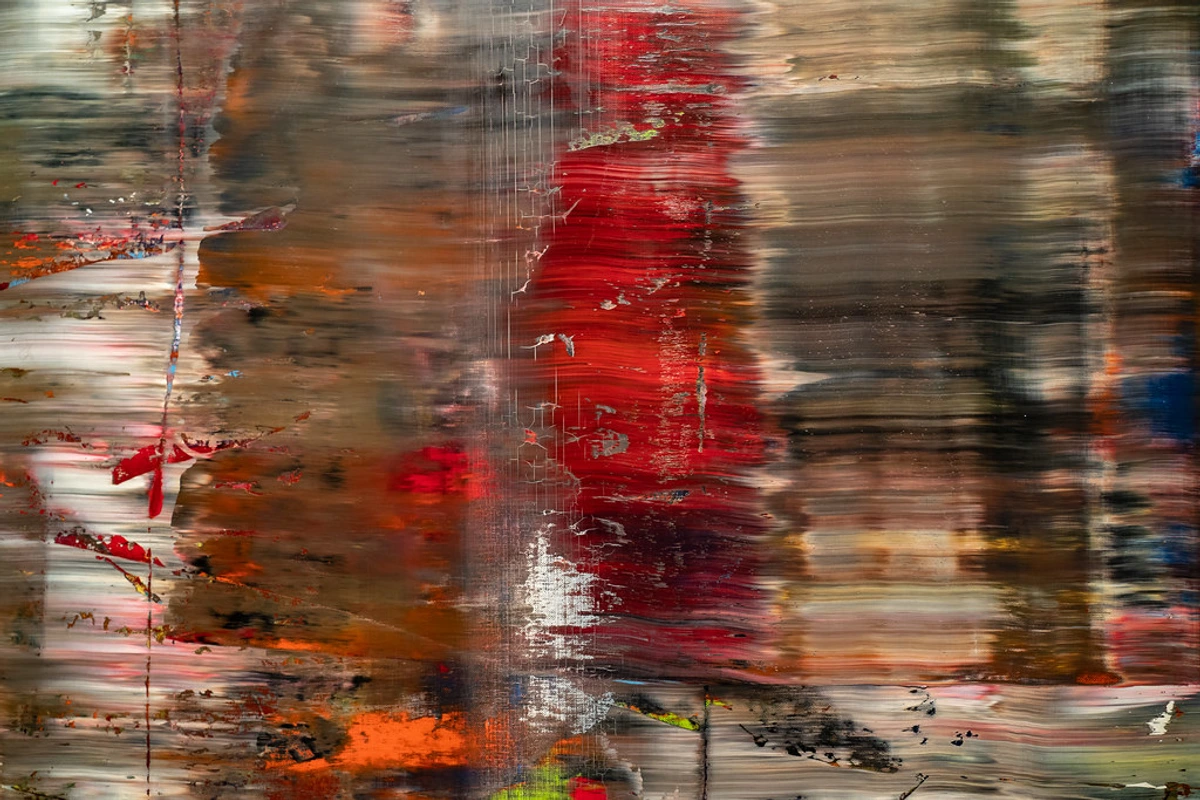
Cultivating Your Voice: Practical Approaches
Finding your artistic voice isn't just about passive observation; it's an active, playful, and deeply personal process of engagement and self-discovery. It demands intention and a willingness to get your hands dirty, both literally and figuratively. Here are some practical ways to nurture your unique expression:
1. The Daily Doodle & Visual Journal
Start by observing everything around you with fresh eyes. Keep a visual journal – a simple notebook where you sketch, doodle, and take notes. Don't worry about perfection; the goal is to capture what grabs your attention, no matter how small or 'insignificant'. Then, try to capture the feeling those observations evoke, rather than just what they look like. Remember, even a child's scribble has a unique energy. This daily practice trains your eye and hand to see and express your interpretation of the world, building a personal library of visual language. Try these prompts: Sketch the sound of rain, draw the feeling of anticipation, or visually interpret a recent conversation.
2. Embrace Play and Experimentation
Play is the secret sauce to discovery! Think of it like a child building a fort – there's no grand plan, just curiosity and a willingness to try things. Embrace "what if?" moments. Throw paint, try weird tools, mix unlikely colors. These are the moments where you surprise yourself, and those surprises often reveal new facets of your voice. As I often explore in The Role of Experimentation in My Abstract Art, truly letting go opens up entirely new creative avenues. Don't be afraid to make a mess; sometimes the most profound discoveries emerge from chaos. Structured Experiment: Dedicate 30 minutes to creating a piece using only one color and one non-traditional tool (e.g., a credit card, a sponge, your fingers). See what new textures or marks emerge.
3. Navigate Intuition and Planning
For me, developing a voice is a dynamic interplay between intuition and deliberate planning. Intuition is the initial spark, the gut feeling, the sudden urge to try a color or make a mark. It's the 'play' I talk about. Deliberate planning comes in when I step back, assess, and consciously decide how to refine that intuitive impulse, how to build on it, or how to solve a compositional problem. My voice thrives when I allow intuition to lead the dance, but with planning as a thoughtful partner guiding the choreography. You can't have one without the other for truly resonant work, especially in abstract art where the initial gesture often needs thoughtful development to achieve impact.
Frequently Asked Questions About Finding Your Artistic Voice
Here are some common questions I hear about developing a unique artistic voice, and some thoughts on them:
How can I find a community or mentor to support my artistic voice?
This is crucial! Seek out local art groups, online forums, workshops, or even social media communities that resonate with your artistic interests. Look for mentors whose work you admire and whose values align with yours – sometimes a simple email expressing your admiration and asking for advice can open doors. The key is to find people who celebrate experimentation and authenticity, rather than those who might encourage conformity. A good community provides feedback, encouragement, and a safe space to share your evolving voice without fear.
How do I overcome the fear of judgment when developing my unique artistic style?
Ah, the critic in our heads! It's a tough one, isn't it? My inner critic usually has a megaphone. Remember that every truly unique voice initially sounded 'different,' maybe even 'wrong,' to someone. I once showed a piece to a friend who genuinely asked if I'd dropped it. I just laughed, because I knew what I was going for – it looked exactly how I intended, a sort of beautiful chaos. Start by creating purely for yourself, without any audience in mind. Share only when you feel ready, and seek out communities or mentors who champion authenticity over trends. Your voice is yours; it doesn't need external validation to be real, though appreciation is a lovely bonus. Think of it as developing a thick skin, but also knowing when to listen to constructive feedback versus dismissing unhelpful noise. Most importantly, give yourself permission to create something truly awful. Seriously, embrace the bad art – it's often a necessary step on the way to something good.
How does criticism, both internal and external, influence the artistic voice?
This is a tricky dance. Internal criticism can be a useful editor, pushing you to refine and reconsider, but it can also be a paralyzing bully. Learning to distinguish between constructive self-critique and destructive self-doubt is vital. External criticism, when it's genuinely helpful, offers new perspectives or highlights areas for growth you might have missed. But the noise? That's just static. The key is to absorb what resonates with your evolving vision and let go of what doesn't. Your voice is ultimately your interpretation; others' opinions are just reflections in the mirror, not the blueprint.
What role does technical skill play versus conceptual development in finding one's artistic voice?
That's a classic debate, isn't it? For me, it's a bit of a dance. Technical skill provides the vocabulary and grammar to express yourself. Without some grasp of your chosen medium, your concepts can feel clumsy or incomplete. However, pure technical mastery without a unique conceptual drive can lead to technically perfect, but soulless, work. Your voice truly emerges when your developing skills allow you to articulate your distinct vision and emotional landscape with clarity and impact. They grow together, feeding each other. It's like learning to play an instrument – you need to know the notes, but your voice comes through how you interpret the music.
Is an artistic voice fixed, or does it change over time?
It absolutely changes! Think of it less as a rigid signature and more as a dynamic fingerprint. It evolves with your life experiences, your technical growth, and the new inspirations you encounter. Embracing this flux is part of the journey. If your voice isn't changing, you're probably not growing. In fact, if my voice isn't changing, I start to worry.
What's the difference between developing a personal style and falling into a repetitive 'signature style'?
A personal style is the natural outgrowth of your unique way of seeing, feeling, and expressing. It's authentic, evolving, and allows for exploration within a recognizable framework.
A repetitive 'signature style,' on the other hand, can sometimes be a trap. It's when an artist finds something that sells or gets praise and then, consciously or unconsciously, sticks to that formula, sacrificing genuine exploration for predictability. This can happen due to commercial pressures, a fear of change, or simply getting stuck in a comfort zone. Think of Yayoi Kusama's iconic dots – while undeniably a strong and recognizable part of her voice, the challenge for any artist is to ensure even such a strong signature continues to evolve rather than becoming a creative cage. The goal is to always stay curious and push boundaries, even your own, ensuring your voice remains vibrant and alive, not just a marketable repetition.
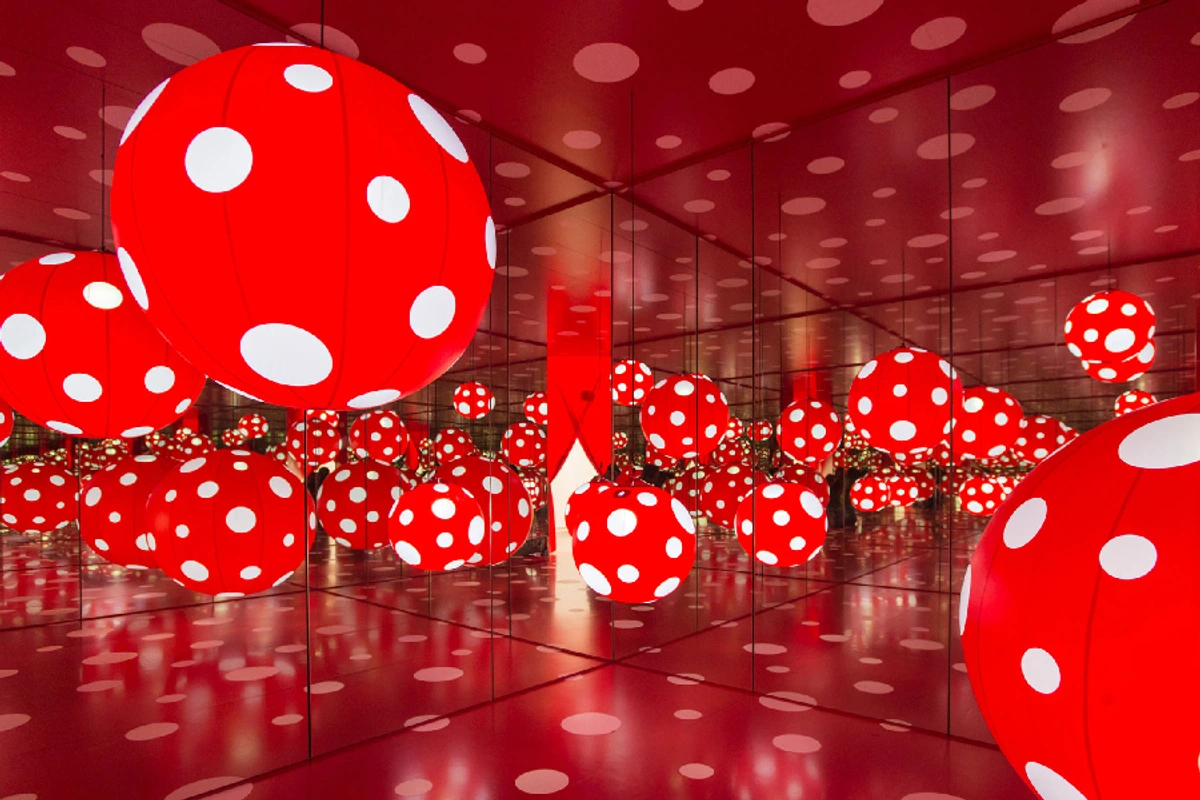
How do I balance my artistic voice with commercial viability?
This is the million-dollar question, isn't it? It's a tightrope walk. My advice? Prioritize authenticity. When you create truly from your heart, that passion resonates, and people connect with it. While it's tempting to chase trends or replicate what sells, that often leads to burnout and a diluted voice. Focus on expressing yourself, building a unique body of work, and letting your distinct voice attract its audience. Commercial success often follows authentic expression, rather than preceding it. It’s a marathon, not a sprint, and your integrity is your most valuable currency.
How do I know when I've 'found' my artistic voice?
There's no single finish line. It's less a discovery and more a gradual settling-in, or perhaps like learning a new language where fluency isn't a single point but a continuous growth in expression. You'll start to notice patterns in your work – recurring motifs, color palettes, textures, or emotional tones that feel distinctly you. For me, it was when I looked at a series of abstract pieces and realized they all shared a certain kinetic energy and a vibrant, almost chaotic use of color, even though the subjects were diverse. When your art starts to feel like a natural extension of your inner world, when it feels like it has to come out that way, you're certainly on the right path. It's often recognized by others before you fully acknowledge it yourself. Trust me, it's less a discovery and more a gradual settling-in.
What role do joy and playfulness play in maintaining an authentic artistic voice?
An authentic voice thrives on joy and playfulness! When you approach your art with curiosity and a sense of exploration, rather than rigid expectation, you open yourself up to true discovery. This isn't about being frivolous; it's about embracing the experimental mindset that allows for unexpected breakthroughs and keeps your creative spirit alive. Without this element of joyful play, art can quickly become a chore, and your voice might stiffen, losing its natural vitality. It's the fuel that keeps the creative engine running and your voice evolving.
Where can I see examples of an artist's journey and evolving voice?
Many artists document their journey! You can follow my own artistic path, including key milestones and shifts in my style, by exploring the different eras and featured works on my timeline page. For instance, you'll see how early urban-inspired pieces evolved into more organic, nature-influenced forms, reflecting the very journey discussed in this article. Pay attention to how motifs, colors, and compositions transform over time – it's quite the ride.
Where can I find abstract art that embodies a unique artistic voice?
If you're looking for art that reflects a distinct personal journey and vision, I invite you to explore the pieces available on my art for sale page. Each piece is a testament to the process of finding and refining an artistic voice in unexpected places.
FAQ Key Takeaways
Question | Key Takeaway |
|---|---|
| How to start? | Observe everything, capture feelings, don't censor. |
| Role of play/experimentation? | Essential for discovery, embrace "what if?" moments. |
| Intuition vs. planning? | Dynamic interplay; intuition leads, planning guides. |
| Finding community/mentor? | Seek supportive groups and inspiring mentors. |
| Overcoming fear of judgment? | Create for yourself first, seek supportive communities, embrace "bad art." |
| Criticism's influence? | Distinguish constructive critique from noise, absorb what resonates. |
| Technical skill vs. concept? | Both grow together; skills articulate unique vision. |
| Voice fixed or changing? | Dynamic, constantly evolving with experience. |
| Personal vs. repetitive style? | Personal is authentic and evolving; repetitive sacrifices exploration for predictability, often due to commercial pressure or fear. |
| Balancing voice with commercial viability? | Prioritize authenticity; commercial success often follows genuine expression. |
| How to know you've found it? | Recognize recurring patterns, feel it's a natural extension of yourself, like achieving fluency in a language. |
| Role of joy and playfulness? | Crucial for keeping your creative spirit alive and your voice evolving. |
| Examples of artist's journey? | Explore artist timelines and diverse bodies of work. |
| Where to find such art? | Seek out art that reflects a distinct personal journey. |
The Ongoing Conversation
Ultimately, finding your artistic voice is an ongoing conversation with the world, with your past, and with your deepest self. It's about cultivating a mindset of openness and curiosity, seeing beauty and meaning where others might not, and having the courage to express it authentically. It's a deeply personal adventure, and the most exciting part is, you never quite know what unexpected treasure you'll unearth next. So, keep looking, keep feeling, and most importantly, keep creating. Your unique voice is waiting to be heard, in all its unique, messy, beautiful glory. Don't be afraid to listen closely to the whispers of the world around you, to the echoes of your past, and to the diverse influences that shape who you are. The truest art, after all, comes from the truest you. And remember, the journey itself is the masterpiece. I sincerely hope you embrace the glorious, messy dance of finding and refining your own unique artistic voice. Now, go make some beautiful noise – your kind of beautiful noise. I'd love to hear about the unexpected places you find your own inspiration; feel free to share your discoveries or connect with my work on my art for sale page.




